Your Cart is Empty
SHOP KNIVES

Hygiene Essentials - When Must a Knife Be Cleaned and Sanitized?
March 05, 2024 5 min read
In the culinary arts and food safety realm, "when must a knife be cleaned and sanitized" is paramount. This involves understanding the distinction between cleaning—removing visible debris and residues from the knife—and sanitizing, which consists of treating the knife to reduce the number of harmful microorganisms to safe levels.
Key moments necessitate this practice: after cutting raw meats to prevent cross-contamination, between uses on different food items, and before initial use. Join us as we go through the basics of knife hygiene, ensuring your culinary adventures are delicious and safe.
When Must a Knife Be Cleaned and Sanitized?
Knives must be cleaned and sanitized after 4 hours of constant use and at key moments to prevent contamination and ensure food safety. These critical times include:
- After cutting raw meats, poultry, or fish: To avoid cross-contamination with other foods.
- Before using it on different foods, especially when switching from raw to cooked foods or from meats to vegetables.
- After use on heavily soiled or sticky foods: To maintain cleanliness and effectiveness.
- Before first use, remove any residues from manufacturing or storage.
- After being used on allergenic ingredients: To prevent allergen cross-contact.
- When visibly dirty or contaminated, to ensure the knife is safe for the next task.
Why Is It Important to Clean and Sanitize Knives After Using Them on Raw Foods?
Cleaning and sanitizing knives after using them on raw foods is crucial due to the risk of cross-contamination. Raw meats, poultry, and fish can harbor harmful bacteria and pathogens, such as Salmonella, E. coli, and Listeria. If these knives are used on ready-to-eat foods without proper cleaning and sanitizing, these pathogens can transfer, making the food unsafe to consume.
This can lead to foodborne illnesses, which can be severe and sometimes life-threatening. Maintaining strict hygiene practices, including properly cleaning and sanitizing knives, is essential to prevent the spread of these harmful microorganisms and ensure the safety of the food being prepared and consumed.
How Does Cleaning Differ from Sanitizing?
Cleaning and sanitizing are two distinct stages in maintaining kitchen hygiene, especially for tools like knives.
- Cleaning removes visible dirt, residues, and food particles from the knife's surface. This step typically involves soap and water to eliminate substances that can harbor bacteria and other pathogens physically.
- On the other hand, sanitizing goes a step further by reducing the number of bacteria and pathogens to safe levels. This is usually achieved through chemical sanitizers or heat (like boiling water) after cleaning the knife. Sanitizing doesn't necessarily clean dirty surfaces, but it's crucial for killing microorganisms that can lead to foodborne illnesses, even on clean surfaces.
How to Clean and Sanitize Knives Properly?
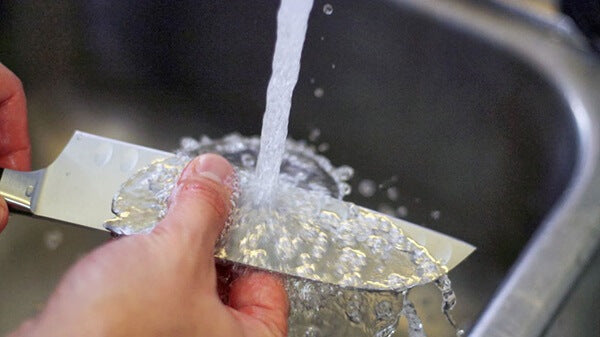
To ensure kitchen knives are both clean and sanitized, follow these best practices:
- Rinse the Knife: Begin by rinsing the knife under warm running water to remove loose food particles.
- Clean with Soap and Water: Apply a mild detergent to the knife and use a soft sponge or brush to scrub both sides of the blade and the handle gently. Avoid using abrasive materials that can damage the knife's surface.
- Rinse Again: Rinse the knife thoroughly under warm running water to remove soap residue.
- Dry Properly: Use a clean towel to dry the knife immediately after washing. This prevents water spots and the risk of rust on certain types of knives.
- Sanitize: Use a sanitizing solution approved for food contact surfaces. You can immerse the knife in the solution according to the manufacturer's instructions or use a sanitizing spray. Ensure the solution covers all parts of the blade.
- Air Dry After Sanitizing: Allow the knife to air dry entirely after sanitizing. Do not use a towel to dry it at this stage, as this could re-contaminate the blade.
- Storage: Store the knife in a clean, dry place, such as a knife block or holder, to prevent contamination. Avoid storing knives in drawers where they can come into contact with other utensils.
Tips:
- Always handle knives carefully, especially when cleaning sharp edges, to avoid injuries.
- Regularly inspect your knives for wear or damage, as these can harbor bacteria.
- Use separate knives for raw meats, vegetables, and ready-to-eat foods to minimize cross-contamination risks.
How Often Should I Clean and Sanitize My Knife During Cooking?
When it comes to maintaining kitchen hygiene, understanding when and how often to clean and sanitize your knife is crucial. The frequency of cleaning and sanitizing depends on how the knife is used during cooking.
Here are some guidelines:
- After Each Use on Raw Foods: Always clean and sanitize knives after using them on raw meats, poultry, or fish to prevent cross-contamination.
- Before Switching Foods: Clean and sanitize before moving from one type of food to another, especially from raw to cooked foods or from meats to vegetables, to avoid transferring bacteria.
- After Contact with Allergens: If you've used a knife on foods containing allergens, clean and sanitize it before using it on other foods to prevent allergen cross-contact.
- When Visibly Dirty: Whenever a knife becomes visibly dirty or contaminated, it should be cleaned and sanitized immediately.
Additionally, a specific guideline is often overlooked but equally important:when must a knife be cleaned and sanitized after 4 hours of constant use. Even if you're using the knife on the same type of food, cleaning and sanitizing it at least every 4 hours during continuous use is recommended.
Can I just rinse my knife with water to clean it?
Rinsing a knife with water alone is not enough to properly clean it. It's essential to use soap and warm water to remove food particles, grease, and other residues. After cleaning, the knife should also be sanitized to eliminate bacteria to safe levels.
Is it safe to clean and sanitize knives in the dishwasher?
Most knives, especially those made of high-quality steel, should be hand-washed to maintain sharpness and prevent damage. However, some knives are dishwasher-safe according to the manufacturer's instructions. Still, hand washing and sanitizing are recommended for the best care.
How do I properly sanitize a knife?
After washing, you can sanitize knives using a food-safe sanitizer or by immersing them in 1 tablespoon of unscented, liquid chlorine bleach in a gallon of water. Let the knife air dry after sanitizing.
What should I do if my knife has a wooden handle?
Knives with wooden handles require special care to prevent the wood from warping or cracking. Wash them with a mild detergent and warm water, rinse well, and dry immediately. Avoid soaking wooden handles in water or sanitizer solution.
How often should I sharpen my knife?
The frequency of sharpening depends on how often you use your knife and what you use it for. A general rule is to sharpen your knife whenever it becomes dull or roughly every few months for home cooks. Regular honing between sharpening can also help maintain the knife's edge.
Conclusion
Maintaining knife hygiene through proper cleaning and sanitization is crucial for food safety and health. By preventing cross-contamination and the spread of harmful bacteria, we ensure our meals are safe to eat.
Adhering to the best practices for knife care—cleaning after use on raw foods, sanitizing regularly, and handling with care—protects against foodborne illnesses, making our kitchens safer and our cooking practices more responsible.
Subscribe
Sign up to get the latest on sales, new releases and more …

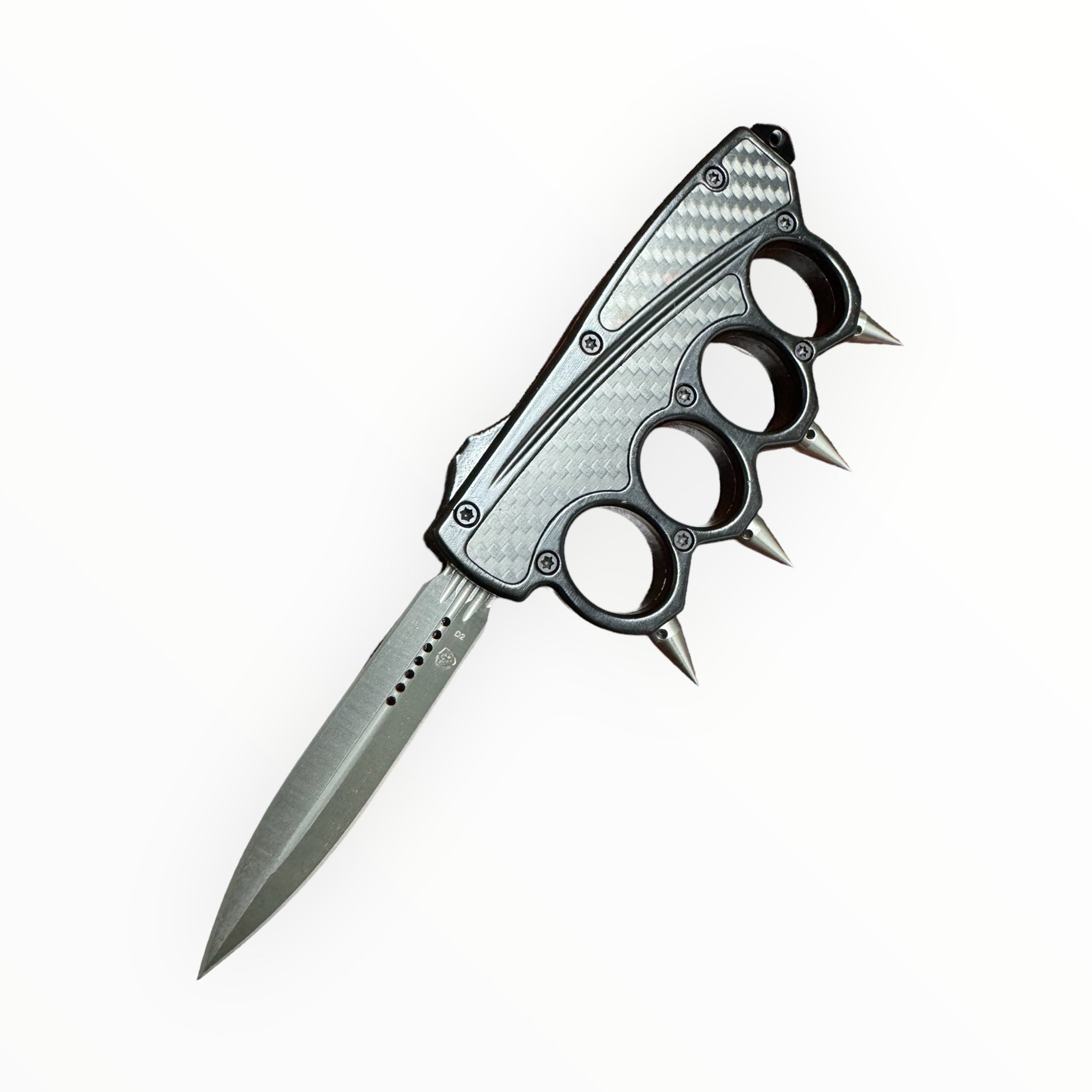 B/Knuckles
B/Knuckles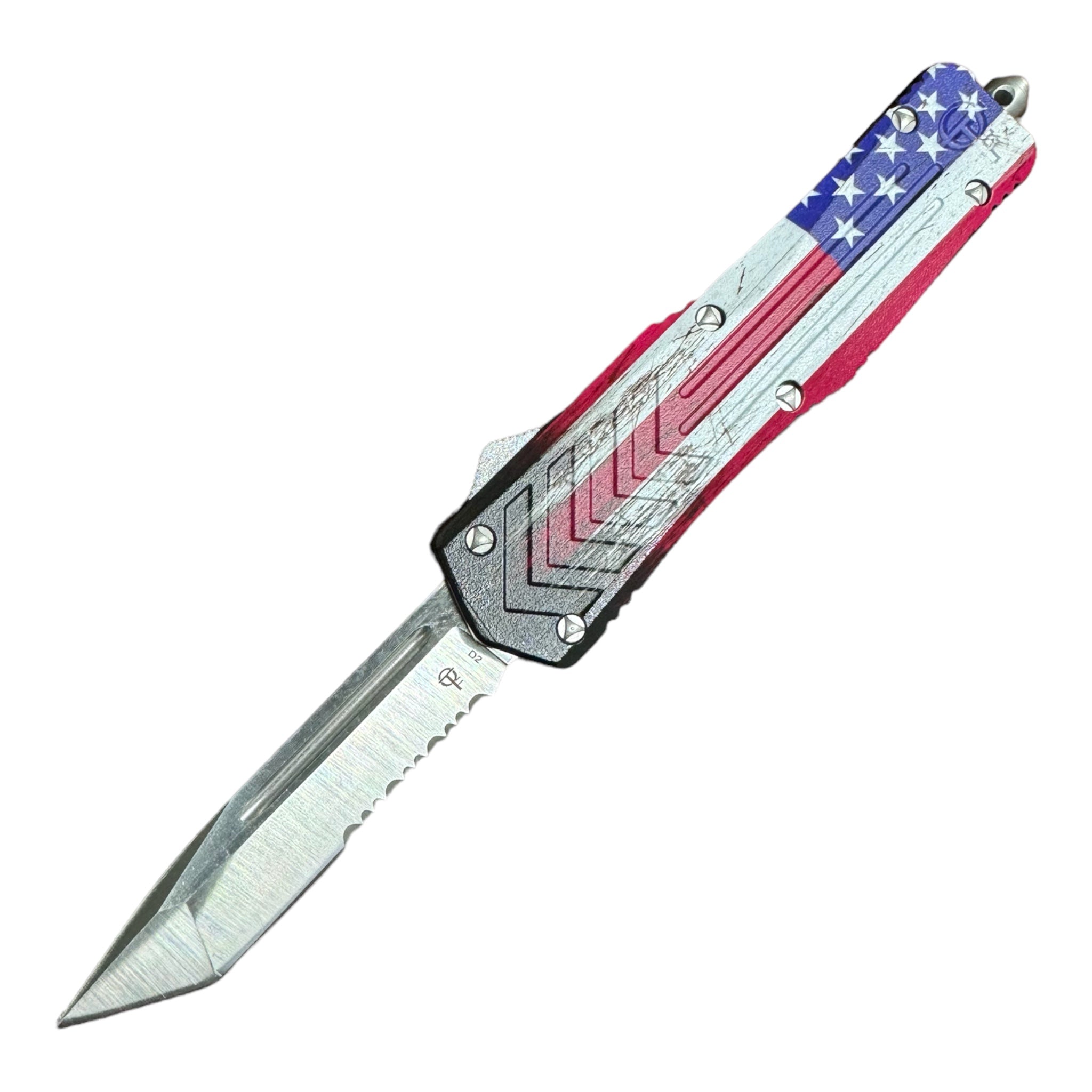 Custom Ranger
Custom Ranger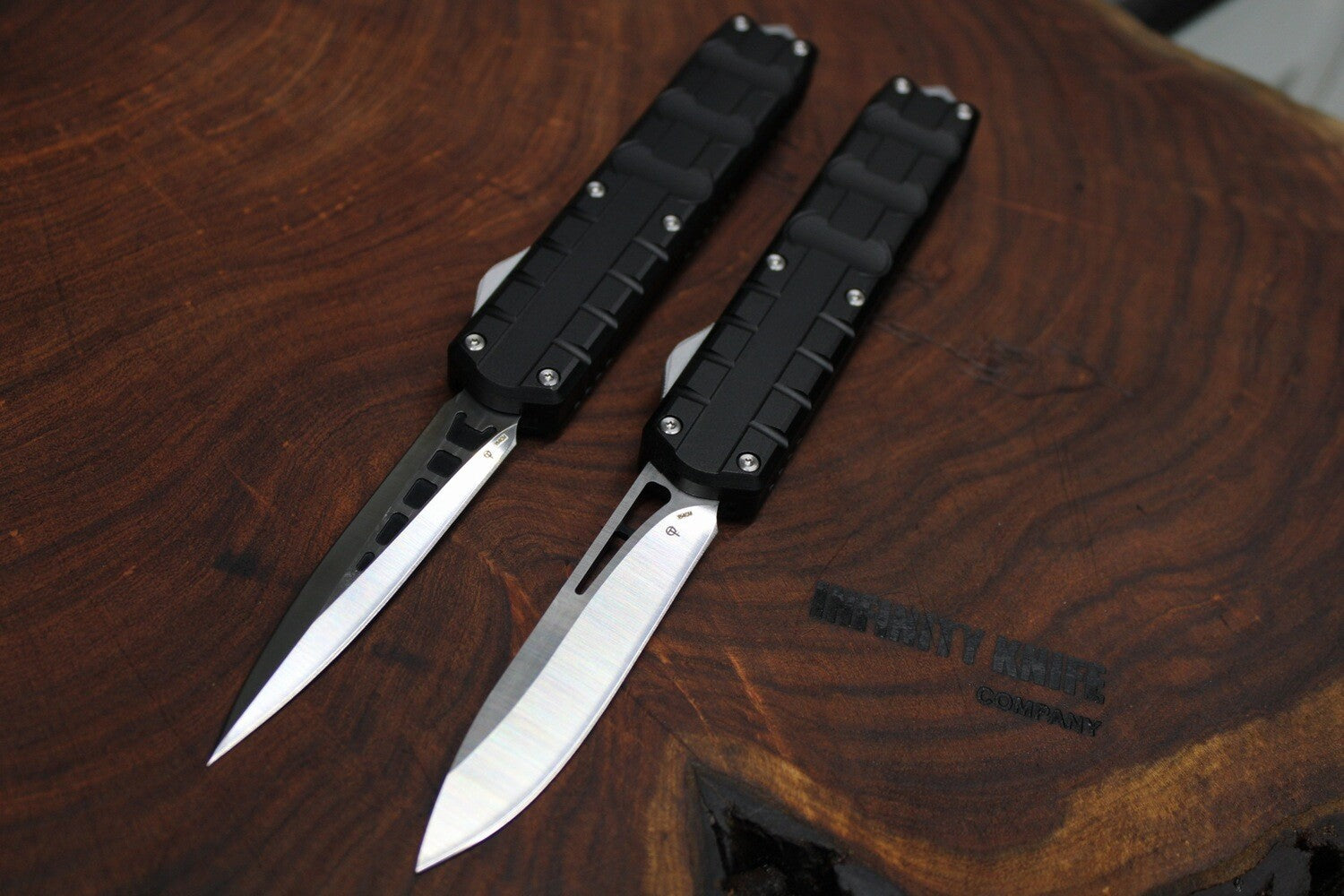 DESERT STORM
DESERT STORM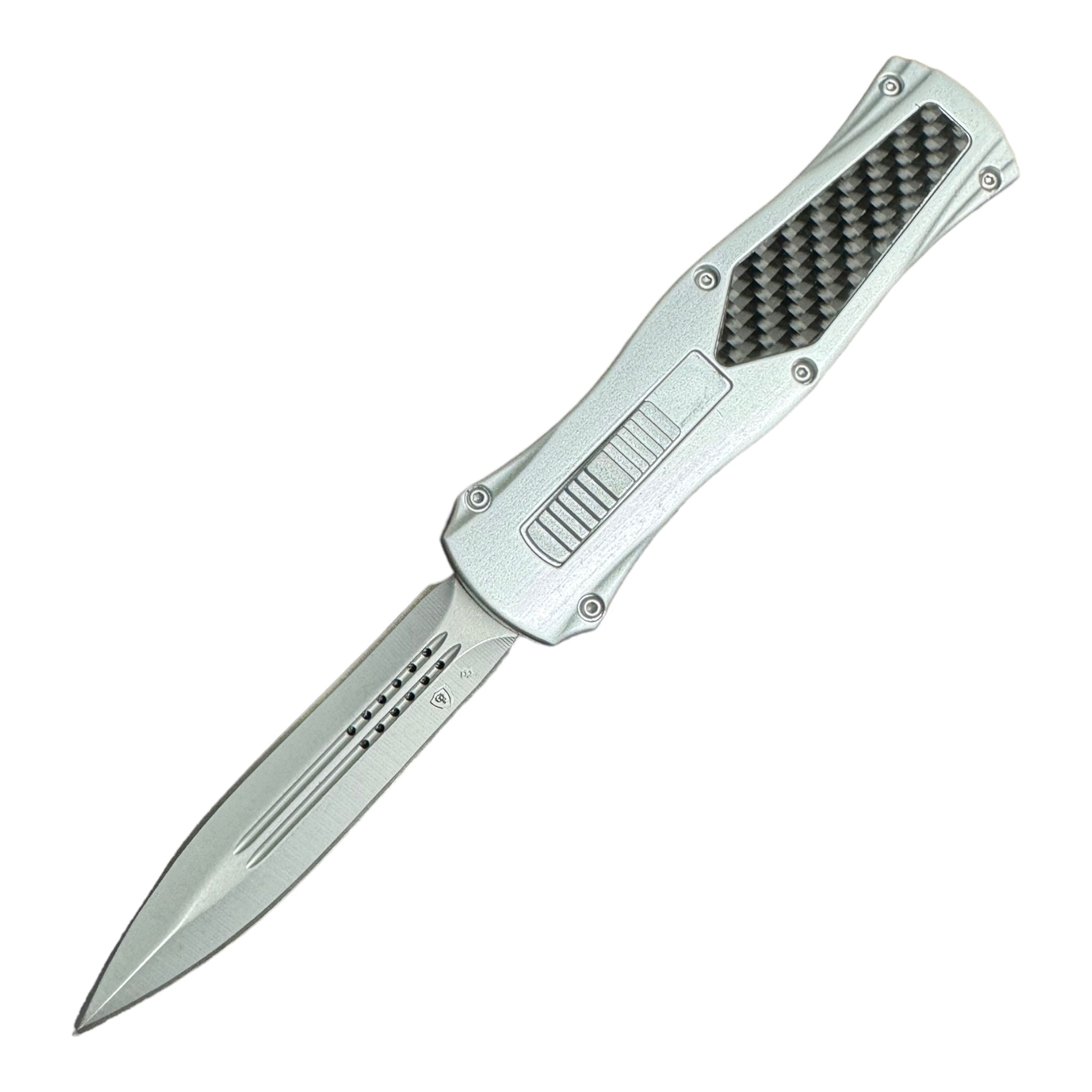 EXCALIBUR
EXCALIBUR First Responders
First Responders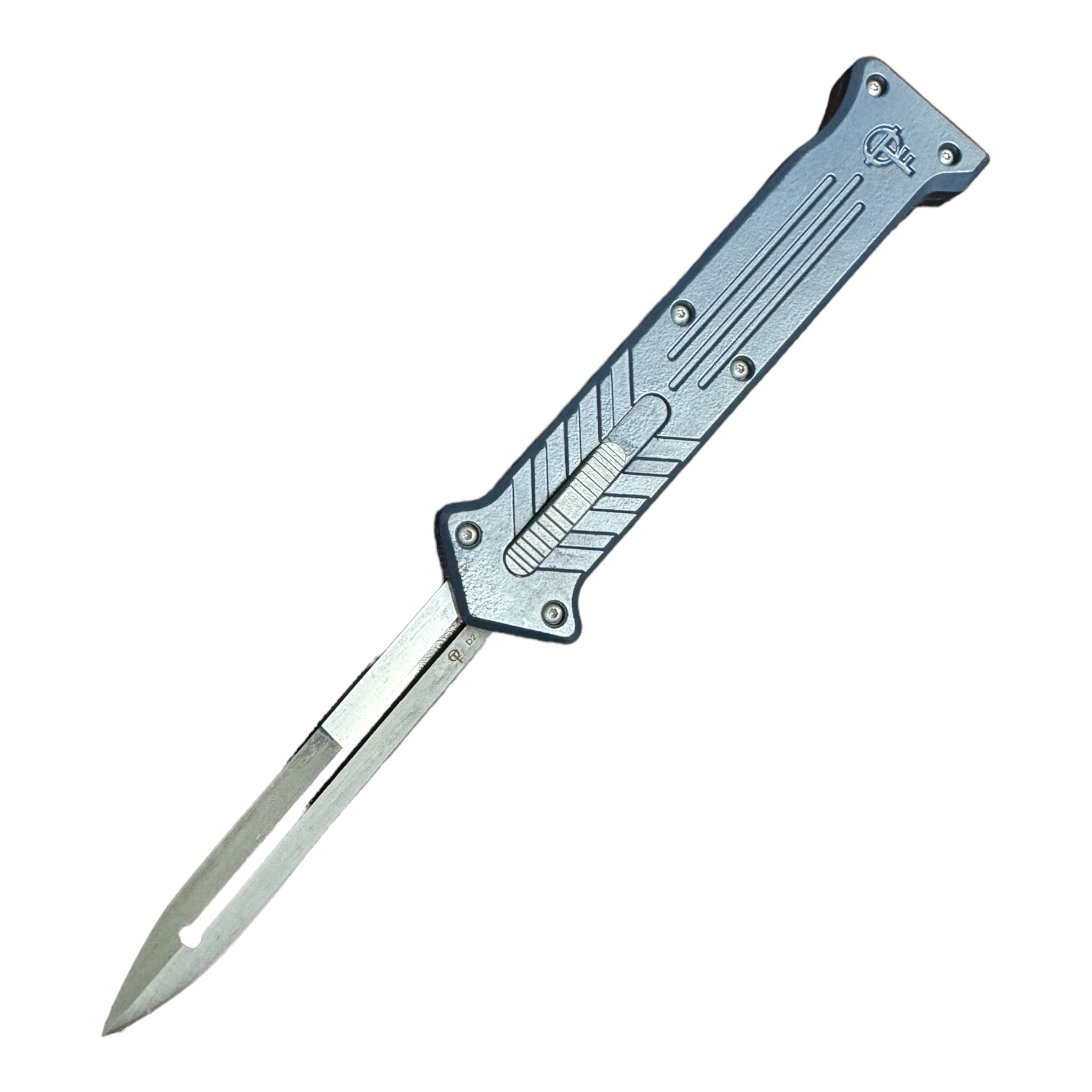 THE JOKER
THE JOKER CLASSIC
CLASSIC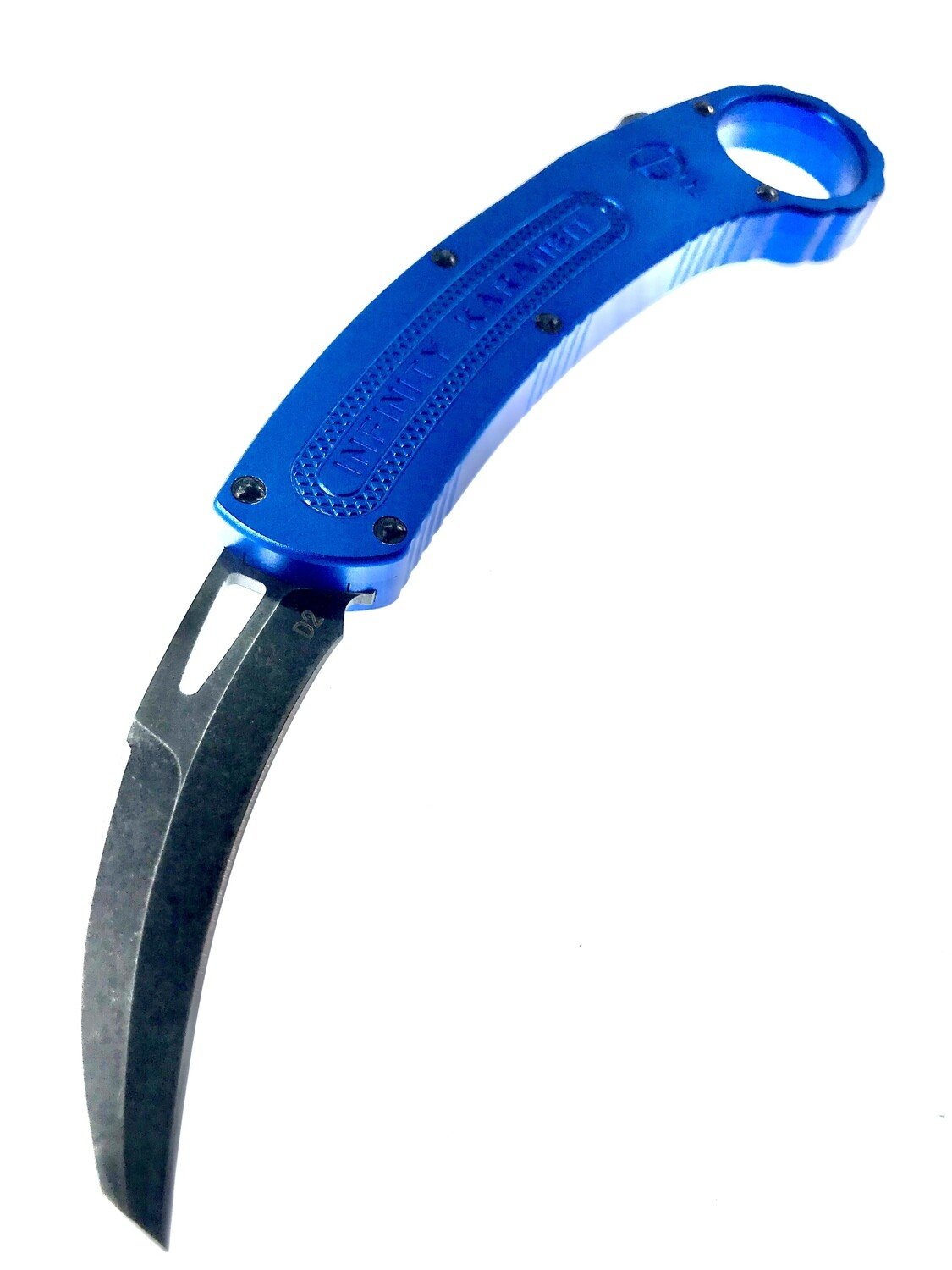 KARAMBIT
KARAMBIT HEXIGON
HEXIGON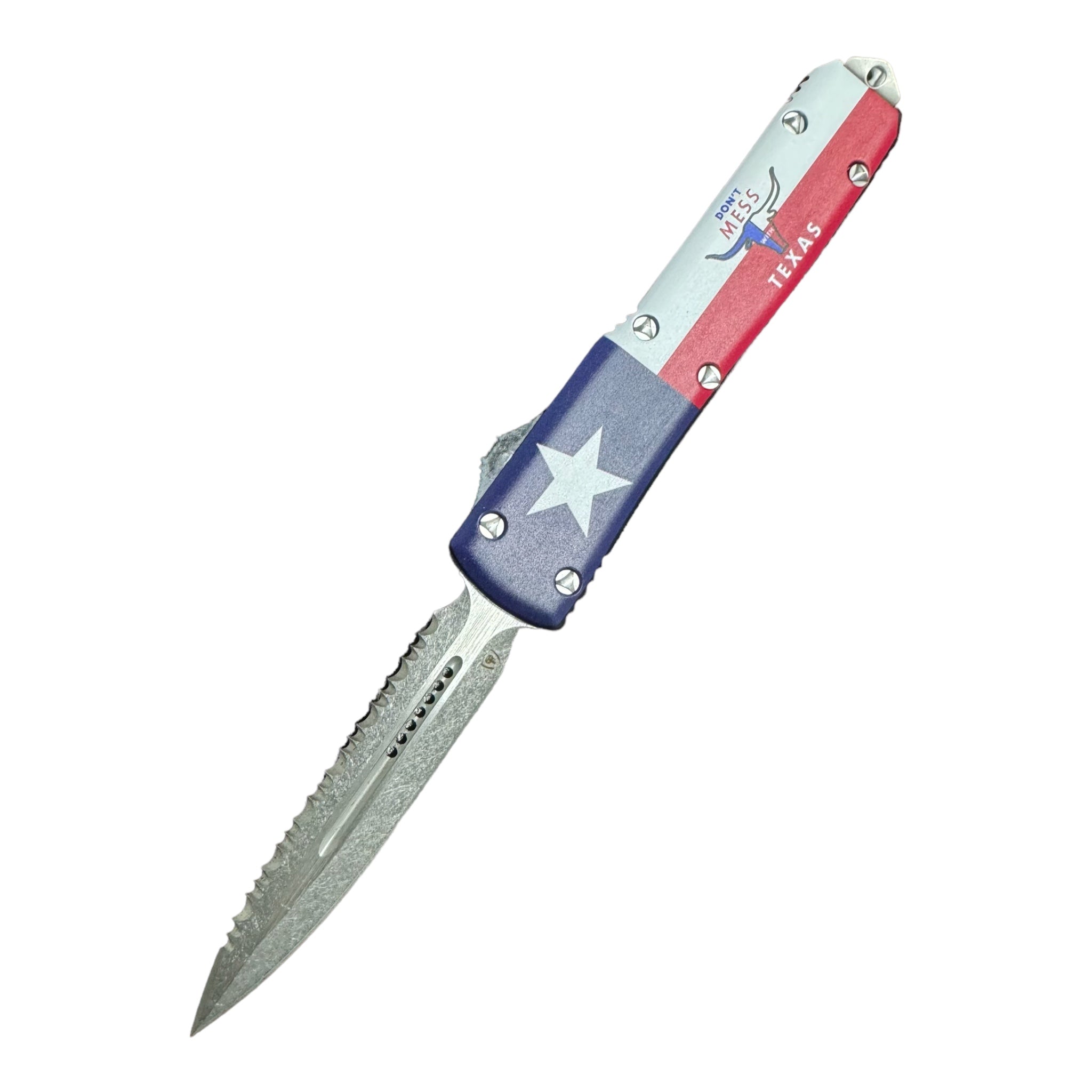 TEXAS COLLECTION
TEXAS COLLECTION STRYKER V2
STRYKER V2 STRYKER V1
STRYKER V1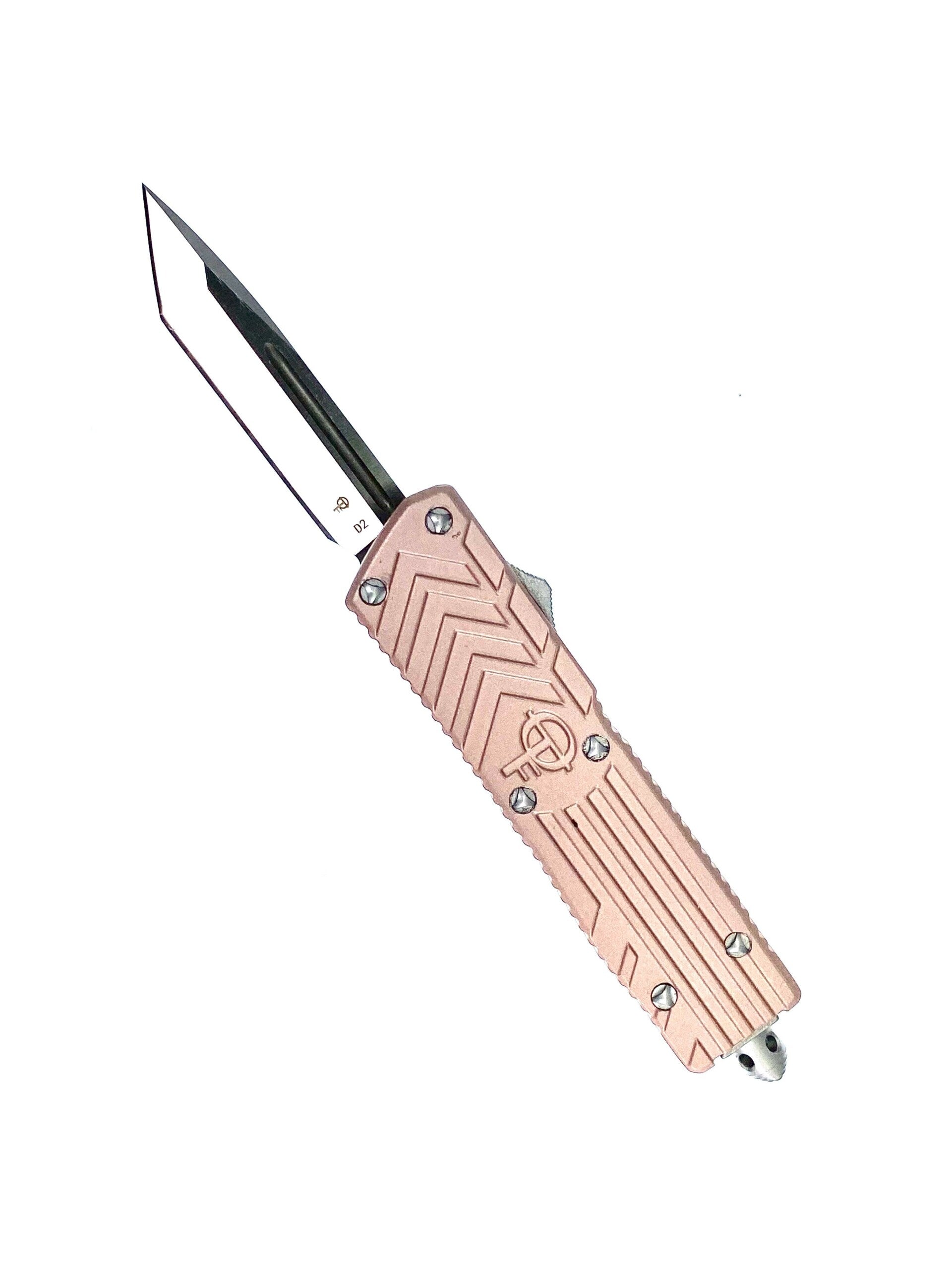 STRIKE FORCE GEN4
STRIKE FORCE GEN4 STRIKE FORCE GEN3
STRIKE FORCE GEN3 STINGERS
STINGERS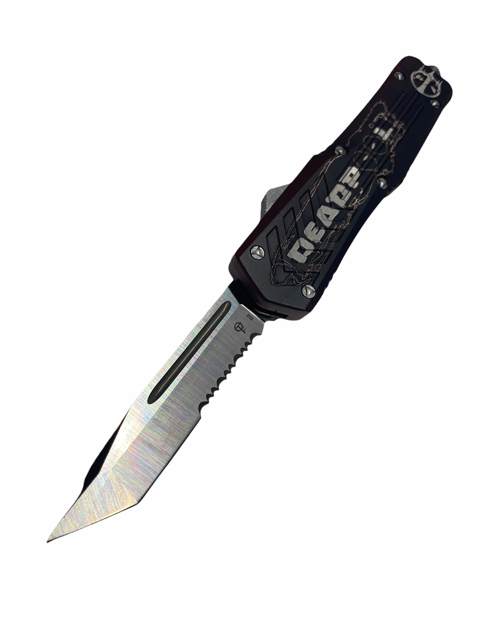 SPECIAL EDITIONS
SPECIAL EDITIONS SLIDEFIRE
SLIDEFIRE RANGERS
RANGERS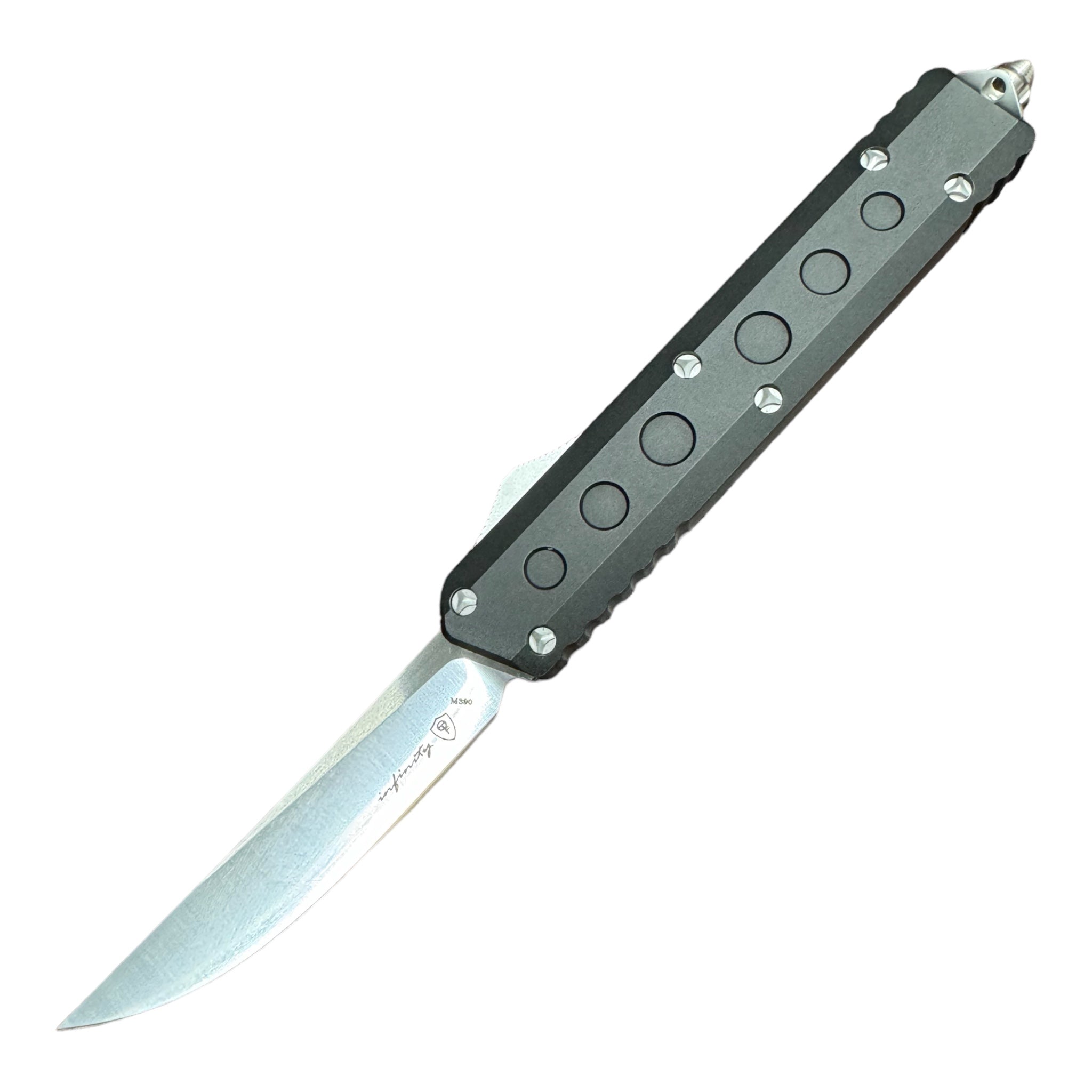 REAPER
REAPER MINI MICRO
MINI MICRO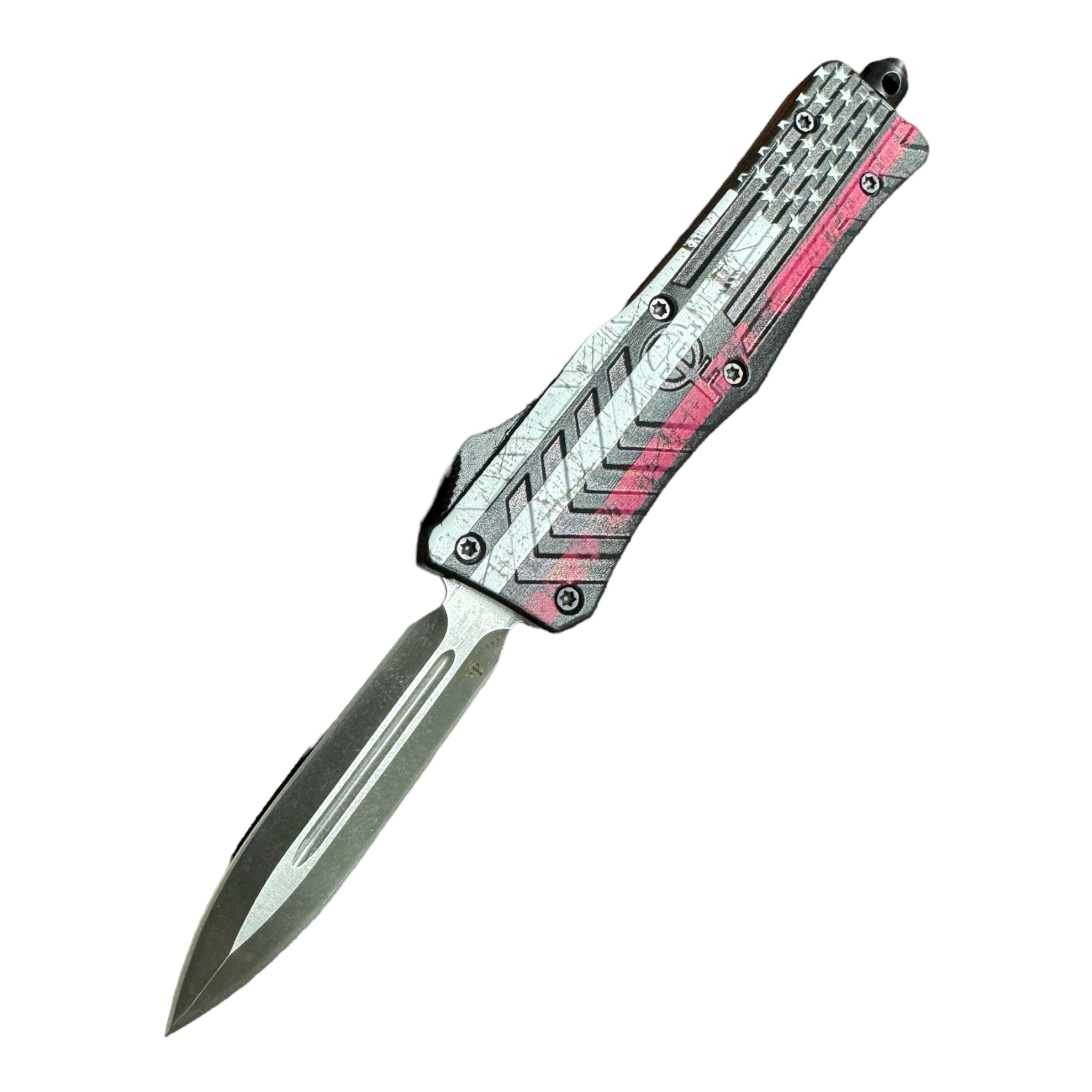 Redline | Blueline
Redline | Blueline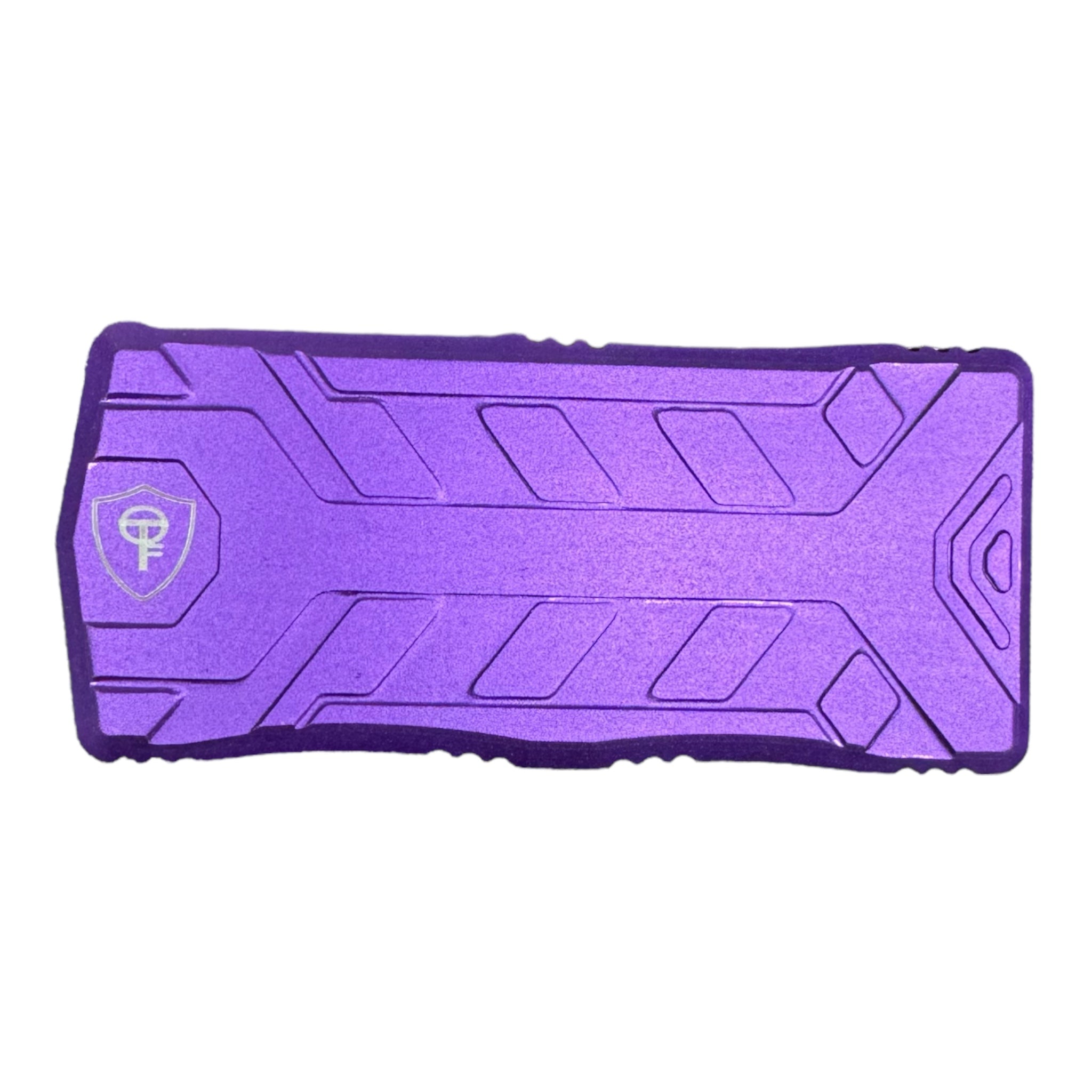 RAZOR
RAZOR PREDATOR
PREDATOR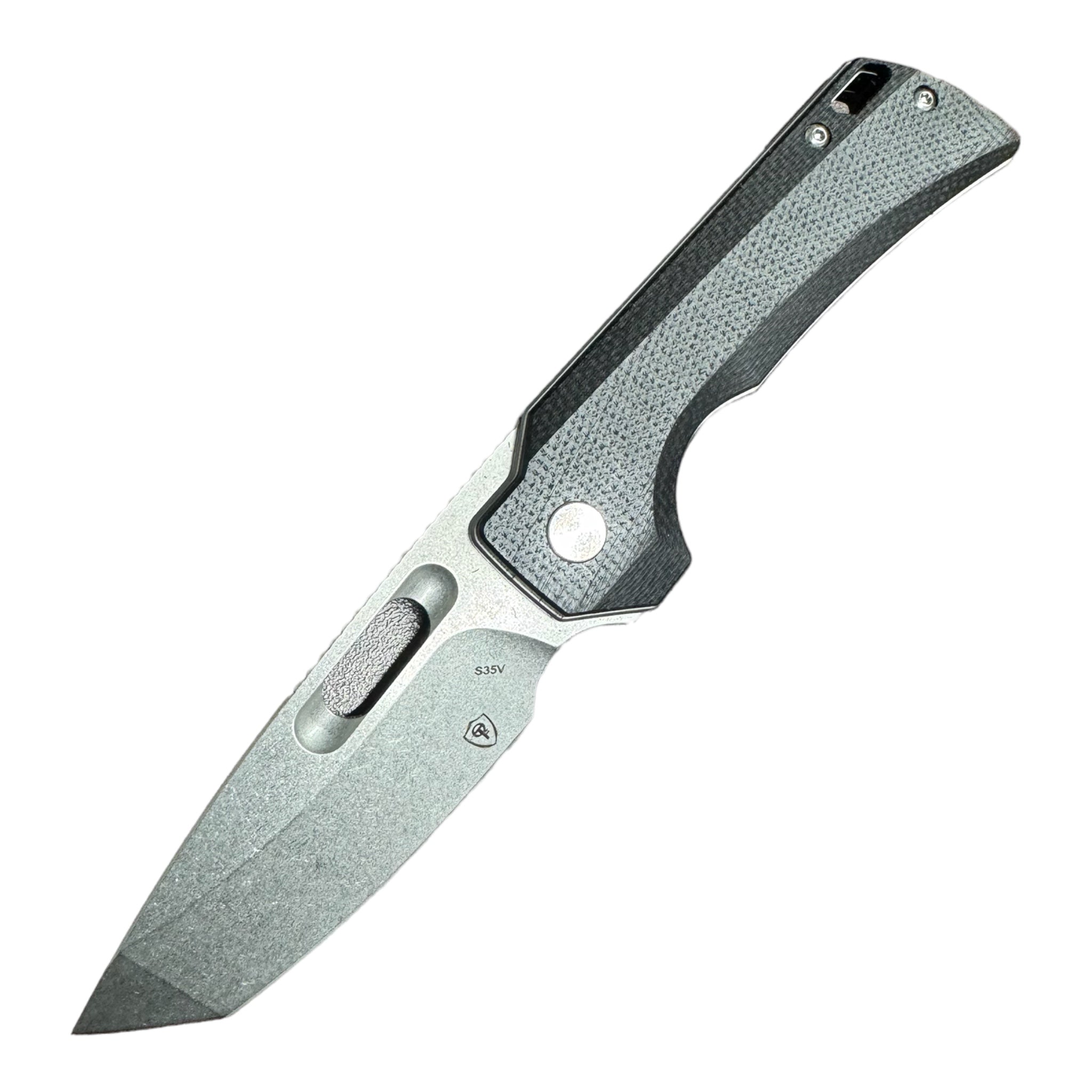 PREDATOR2
PREDATOR2 NOMADS
NOMADS NOMADICS
NOMADICS Mastodon
Mastodon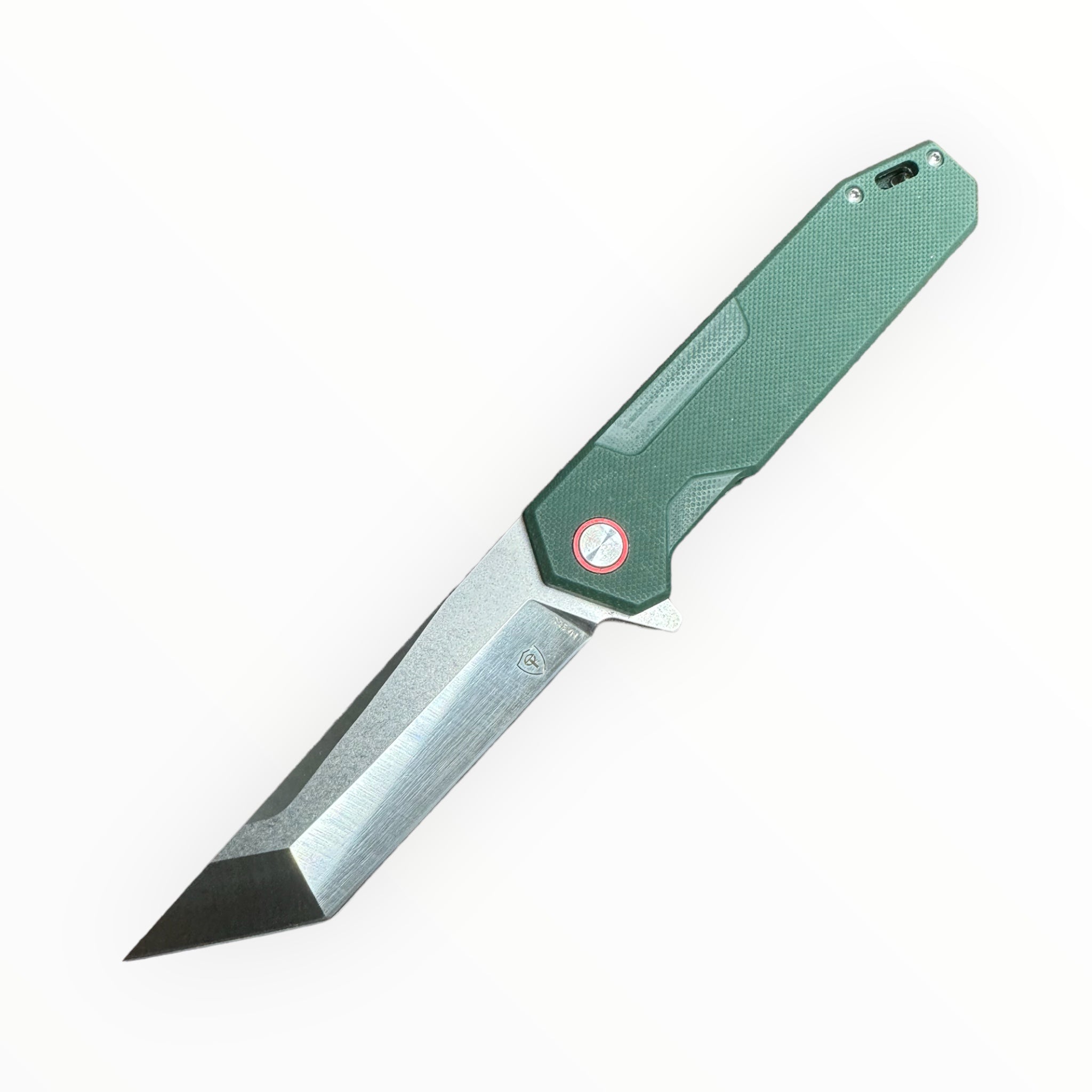 Terminator
Terminator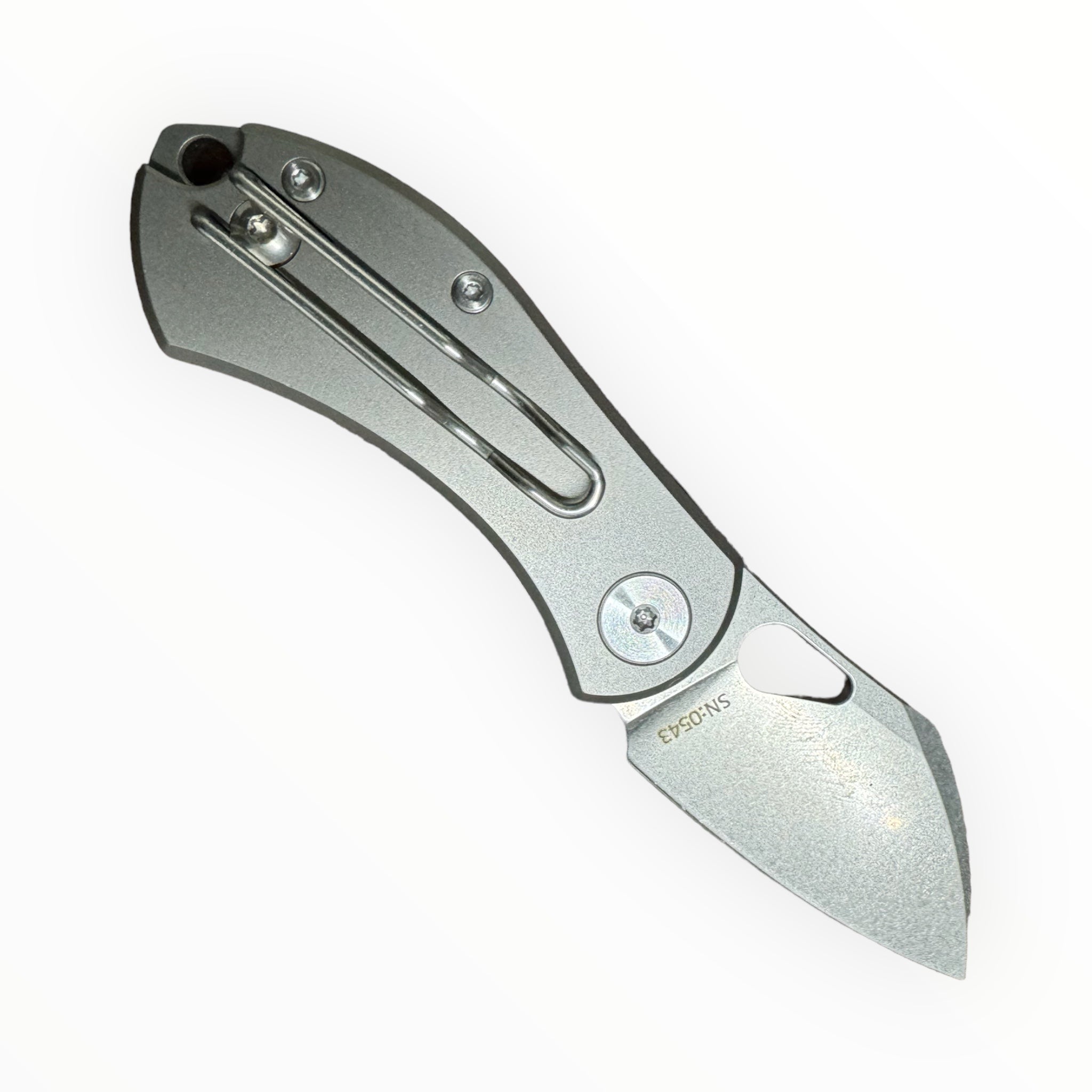 The MOUSE
The MOUSE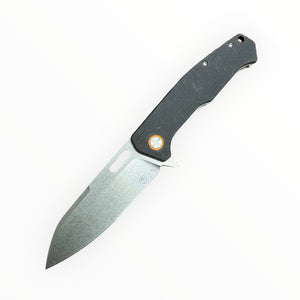 ORCA
ORCA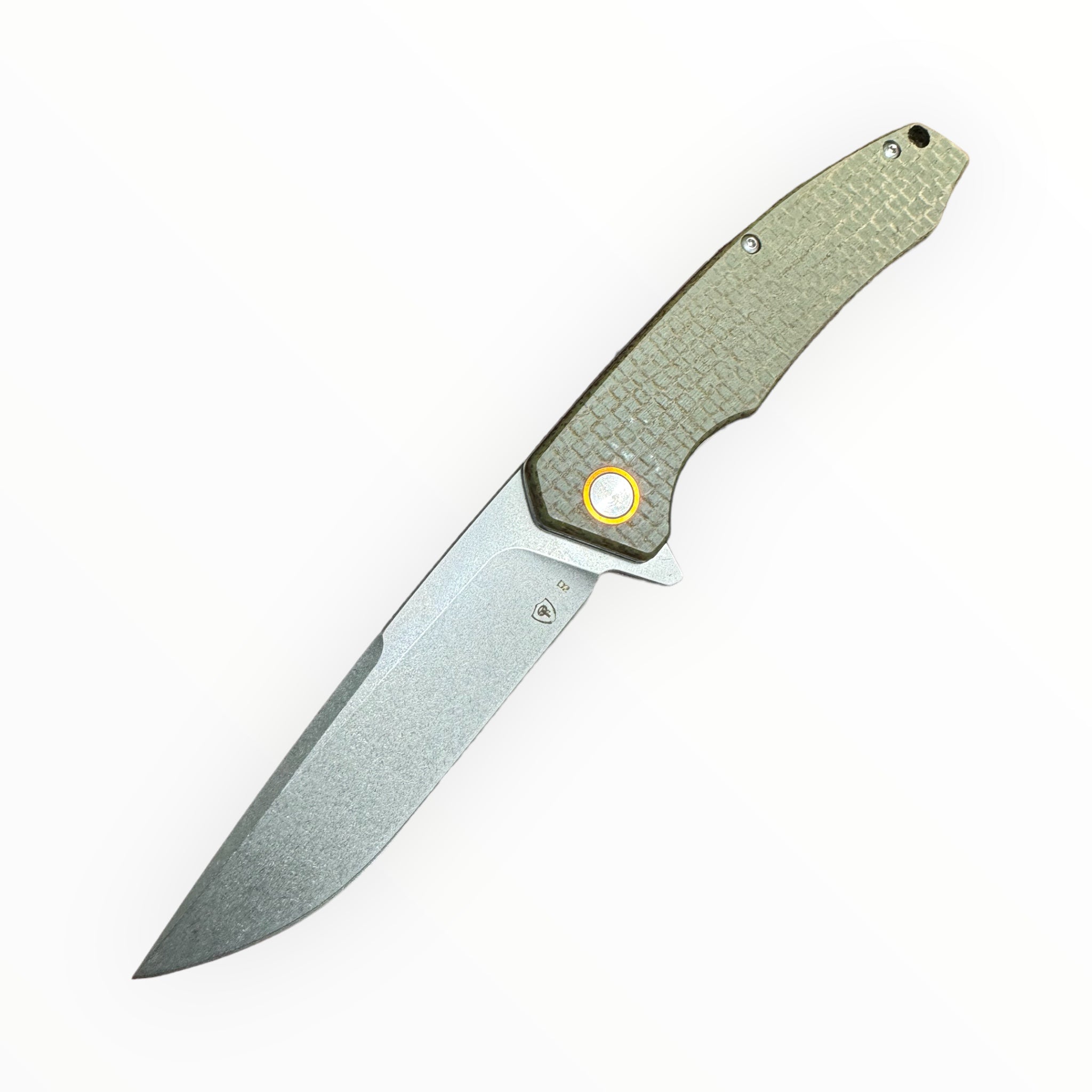 Eother
Eother Desert Shield
Desert Shield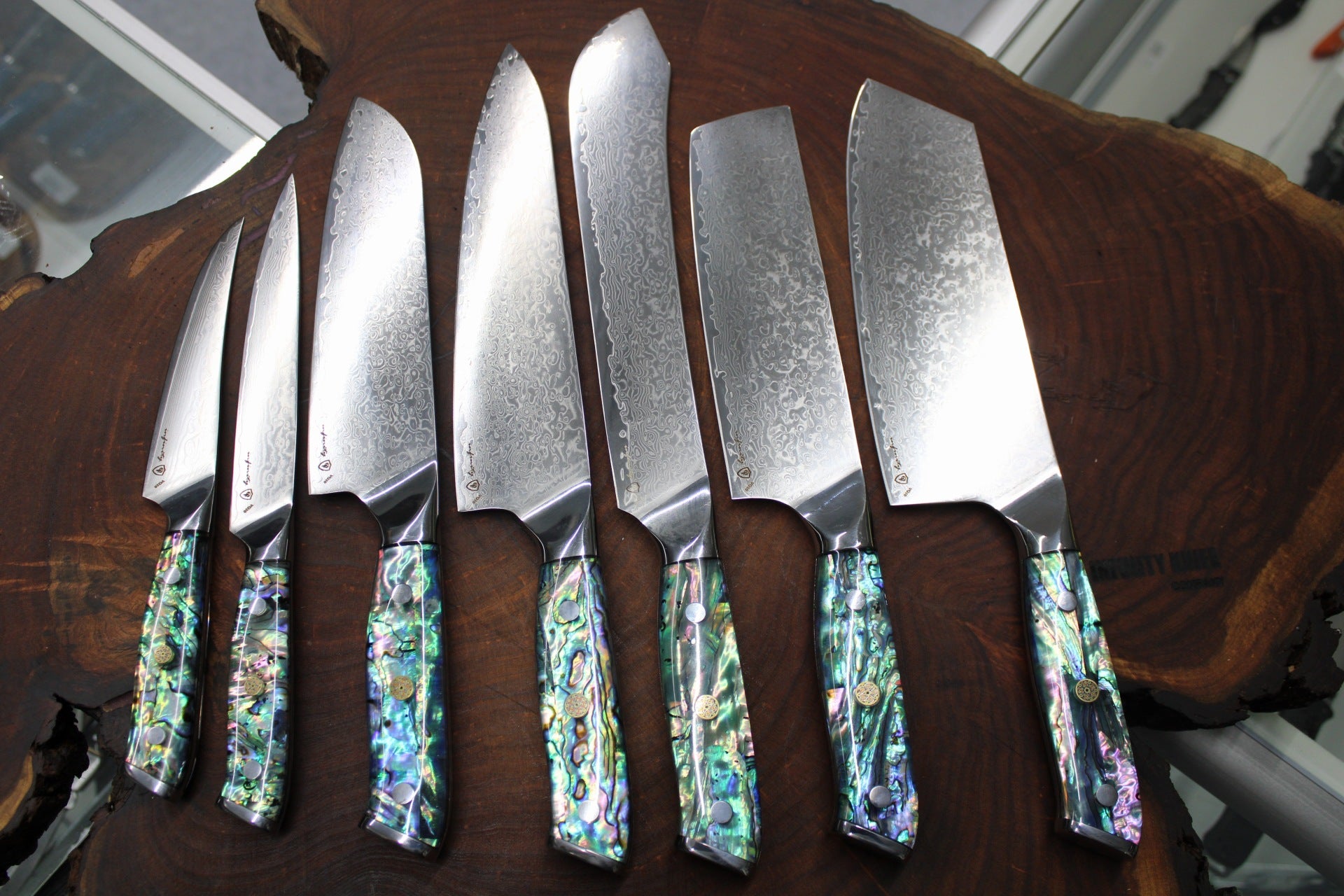 KITCHEN SETS
KITCHEN SETS CLEAVERS
CLEAVERS MINI CLEAVER
MINI CLEAVER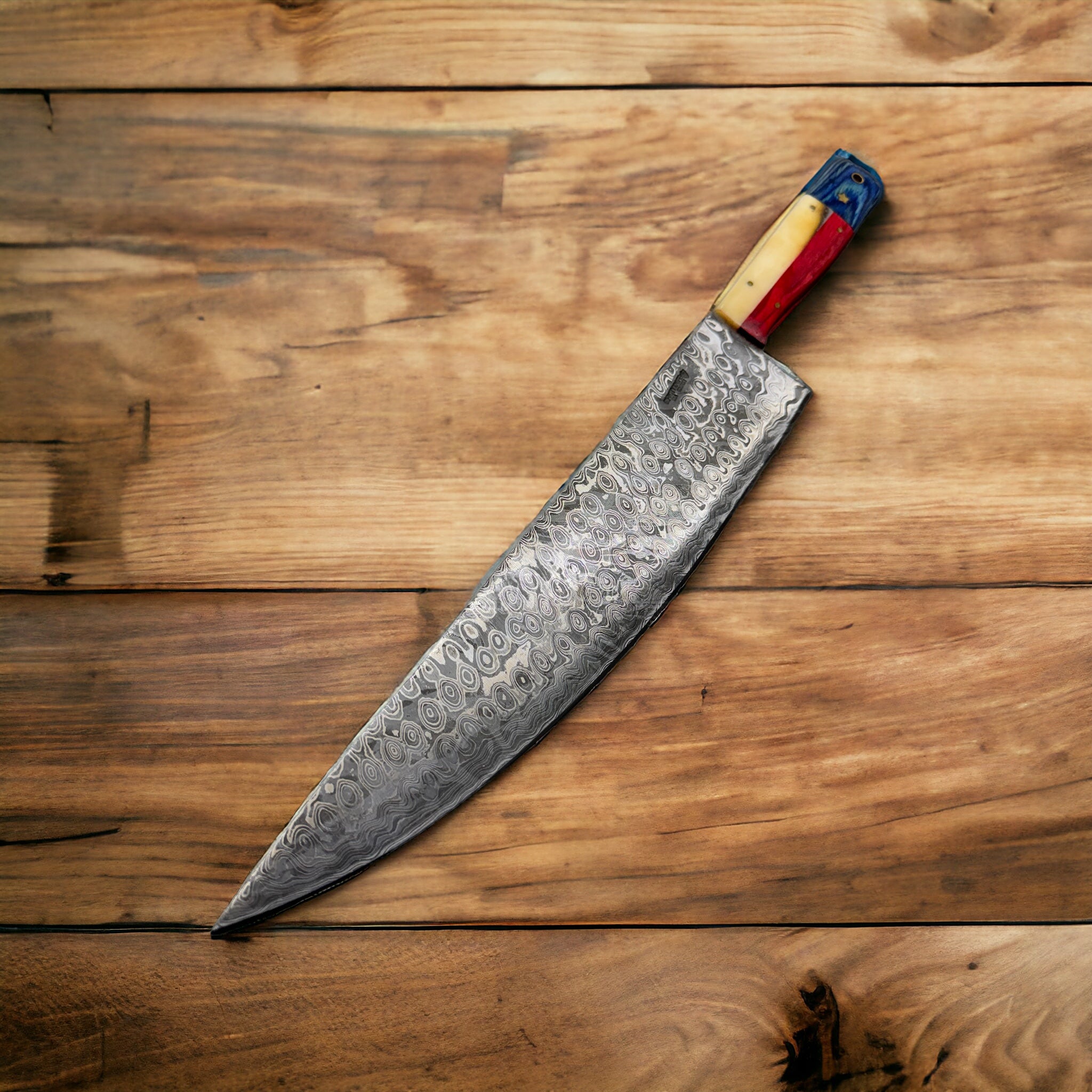 CHEF KNIFE
CHEF KNIFE FILLET KNIFE
FILLET KNIFE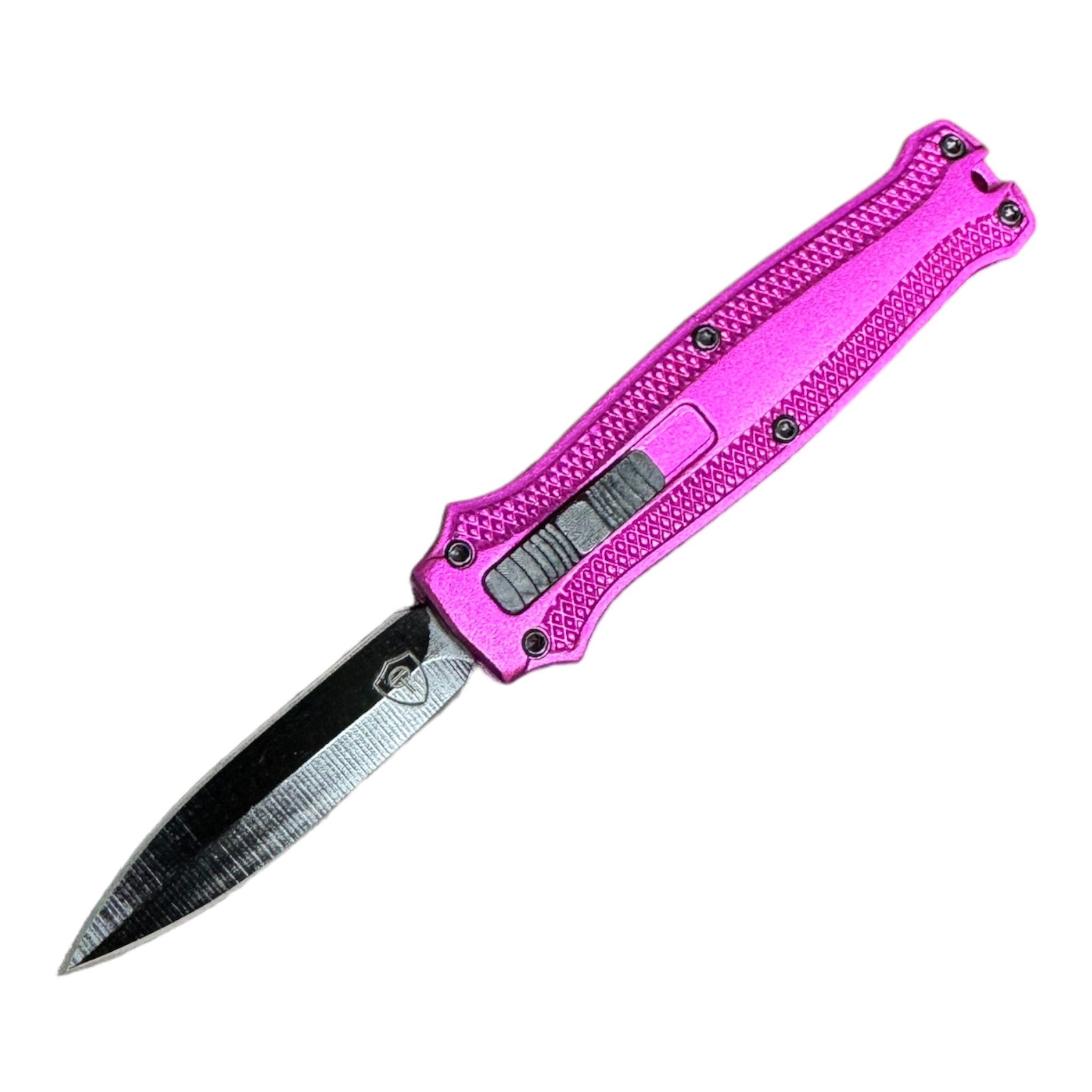 KNIVES UNDER $100
KNIVES UNDER $100 TEXAS CULINARY SET
TEXAS CULINARY SET TEXAS DAMASCUS
TEXAS DAMASCUS TEXAS D2
TEXAS D2 D2 FIXED BLADES
D2 FIXED BLADES DAMASCUS KNIVES
DAMASCUS KNIVES DAMASCUS ULU
DAMASCUS ULU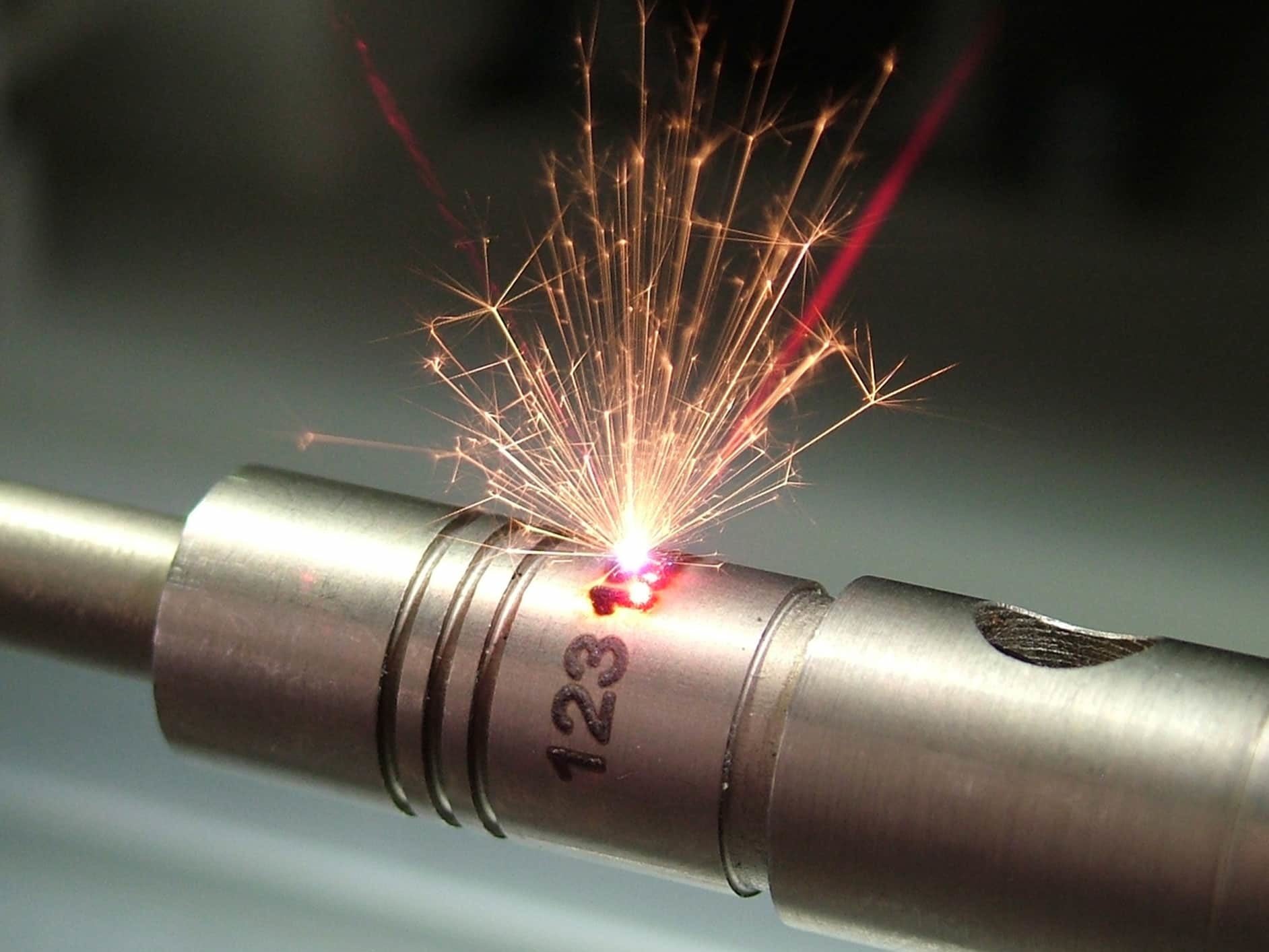 LASER ENGRAVING
LASER ENGRAVING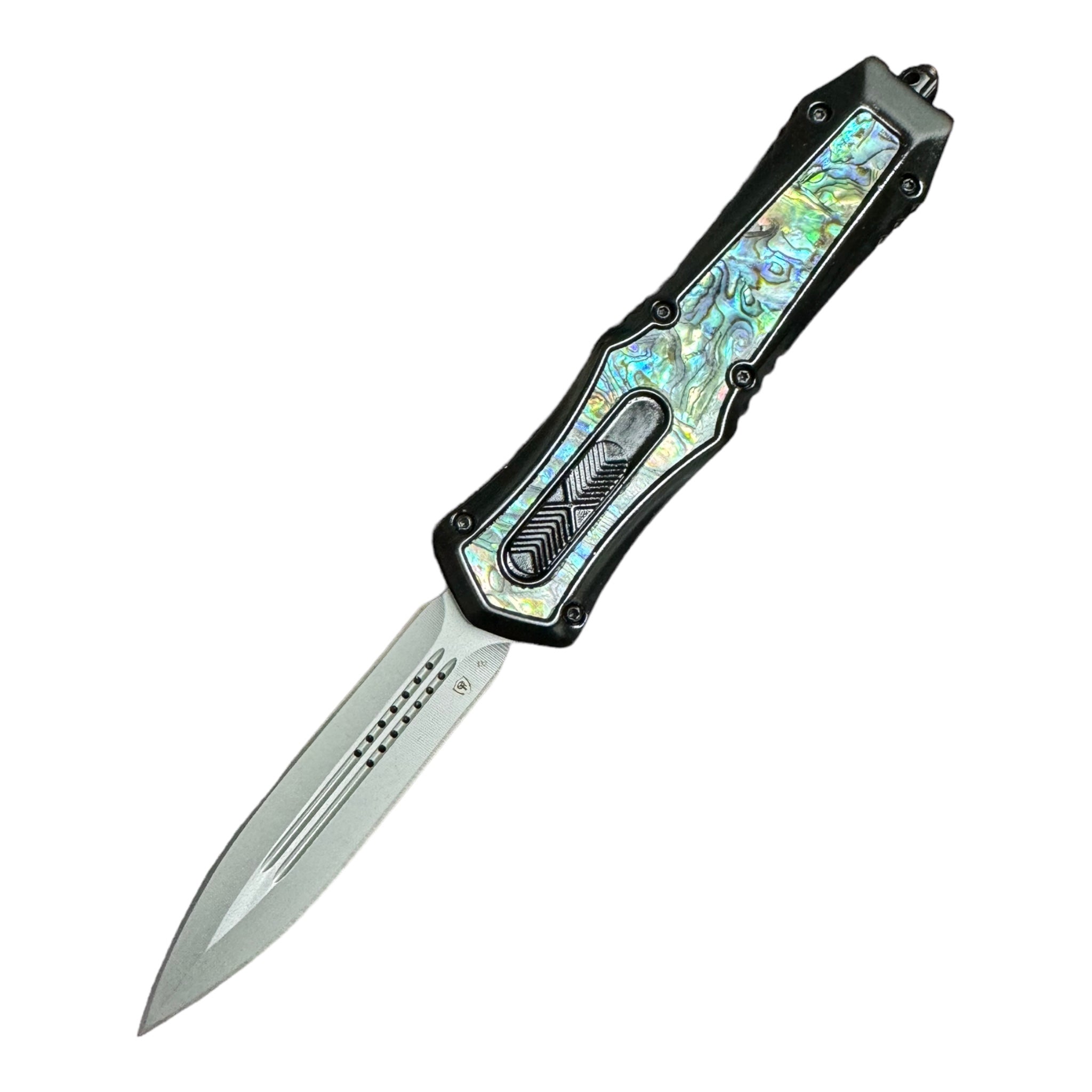 ALL TYPES KNIVES
ALL TYPES KNIVES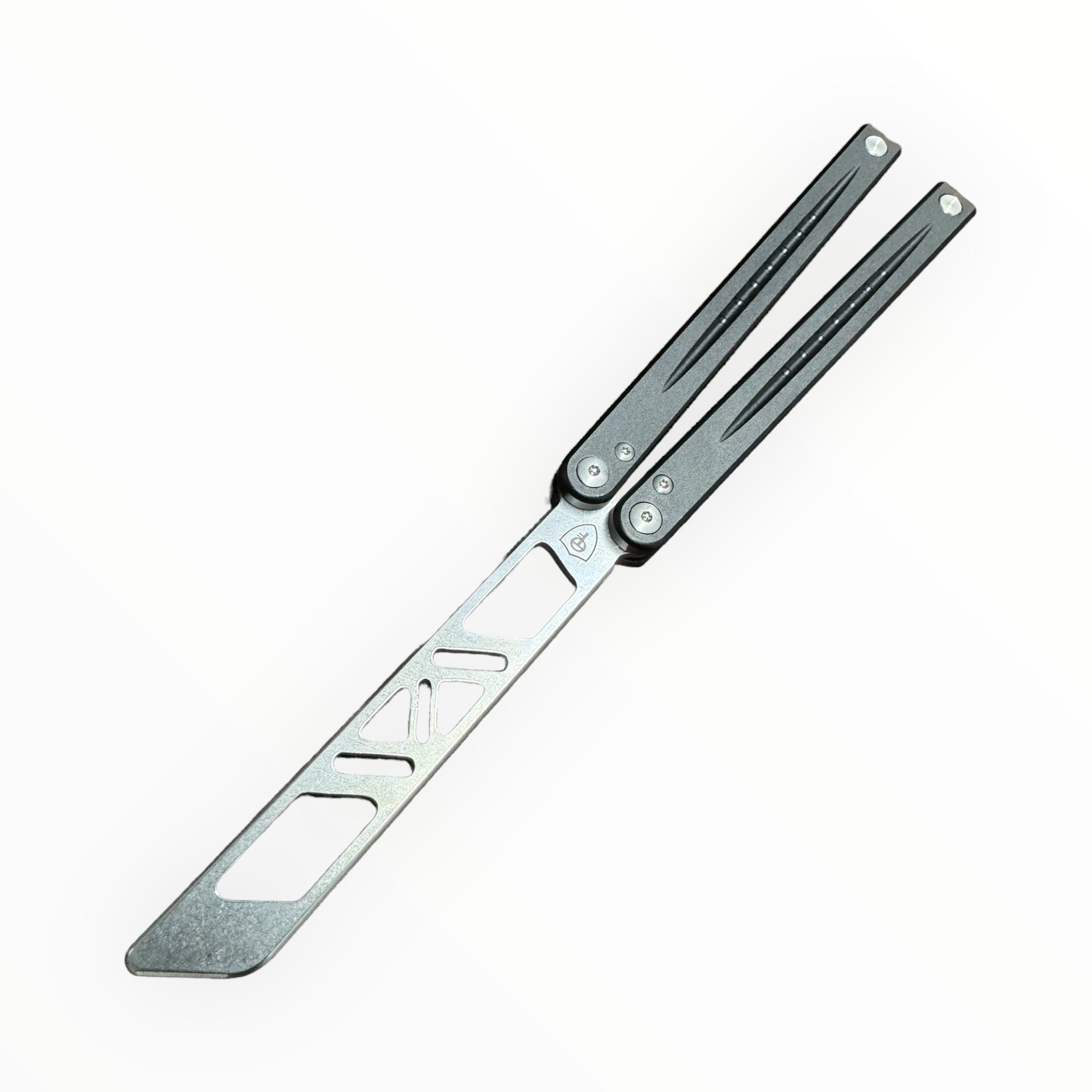 MONARCH BALISONG
MONARCH BALISONG BRISKET KNIFE D2
BRISKET KNIFE D2 DAMASCUS BRISKET KNIFE
DAMASCUS BRISKET KNIFE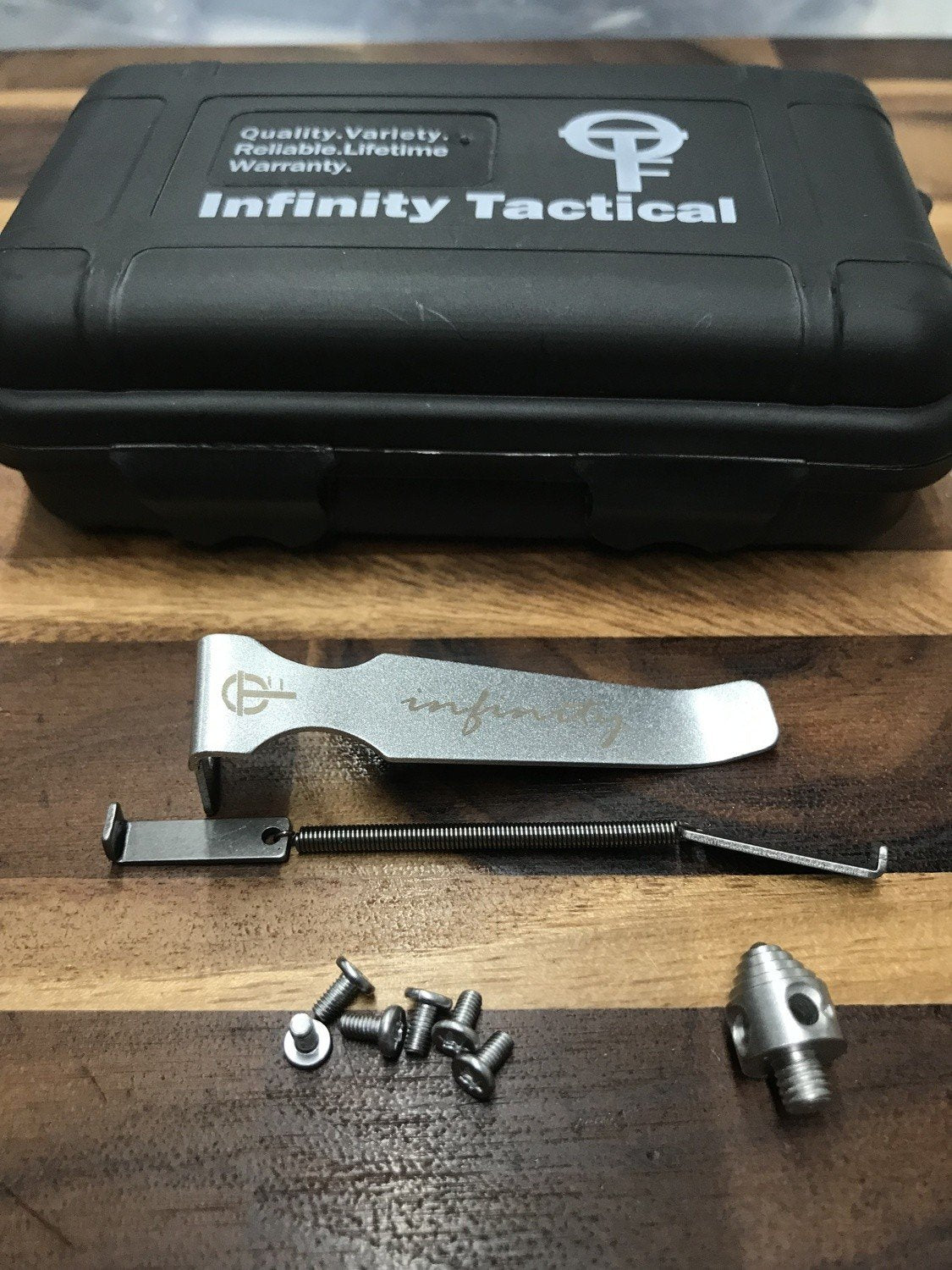 REPLACEMENT PARTS
REPLACEMENT PARTS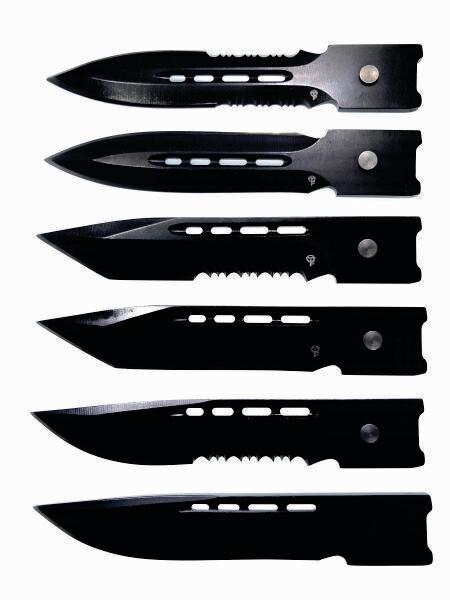 REPLACEMENT BLADES
REPLACEMENT BLADES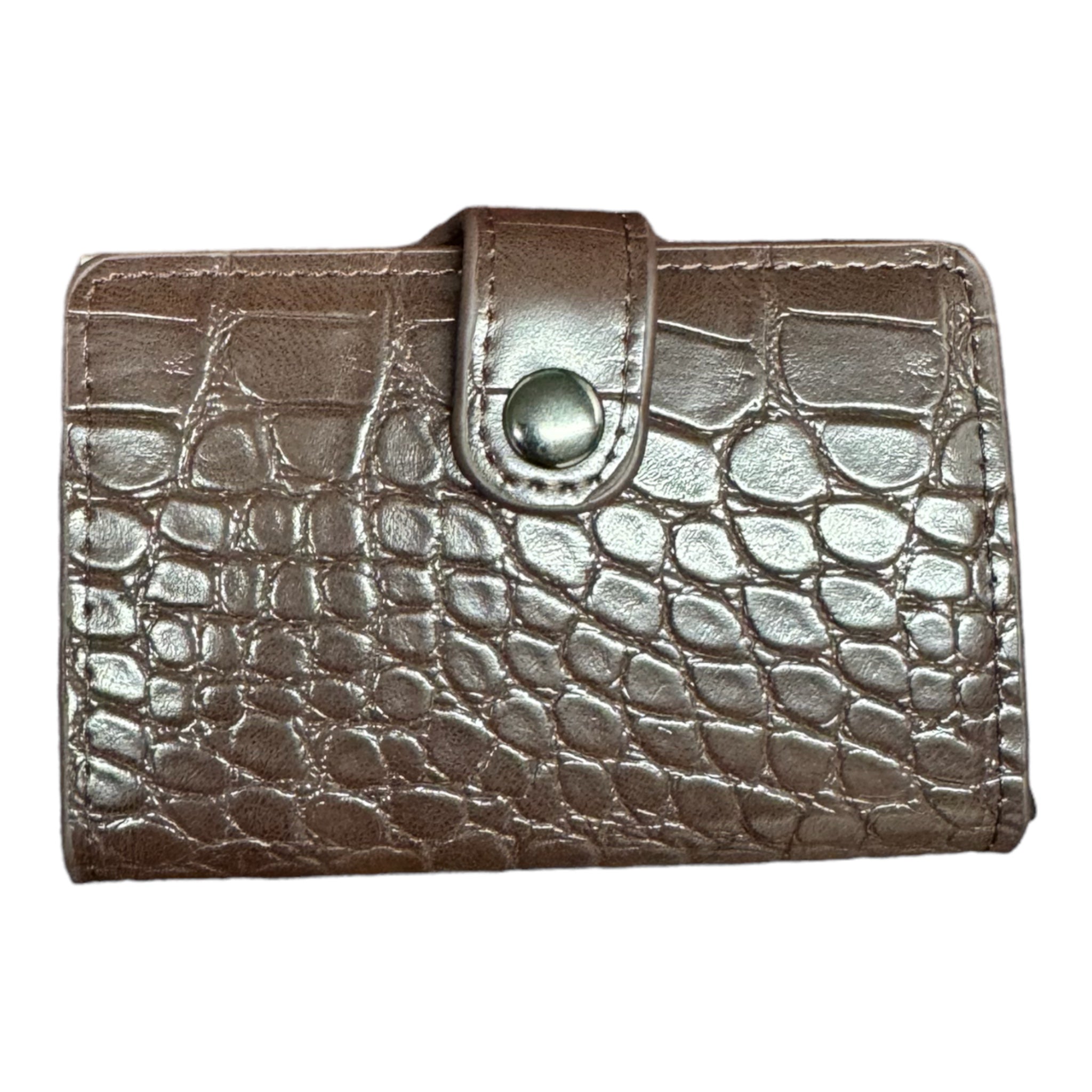 R.F.I.D. WALLET CARRIER
R.F.I.D. WALLET CARRIER RFID LEATHER WALLETS
RFID LEATHER WALLETS GATOR RFID WALLETS
GATOR RFID WALLETS